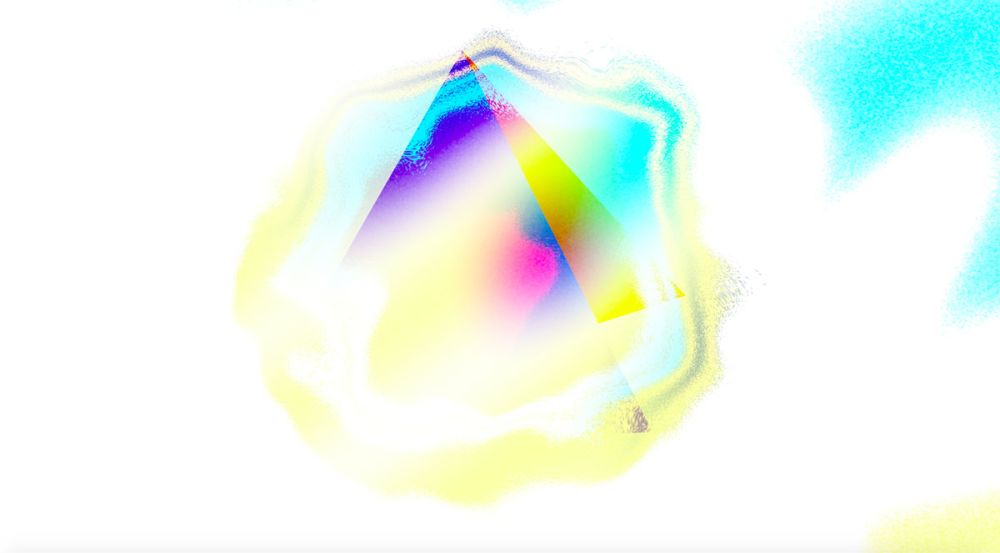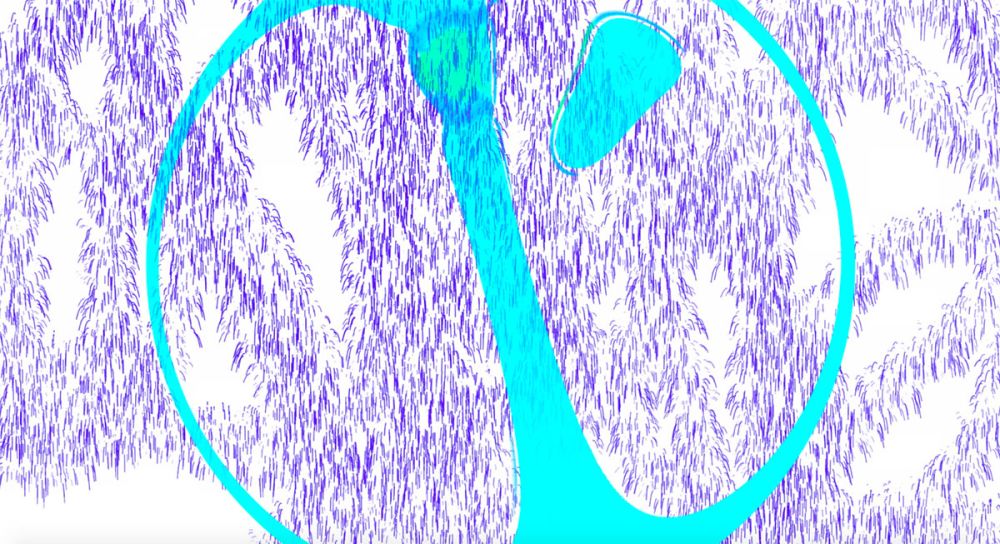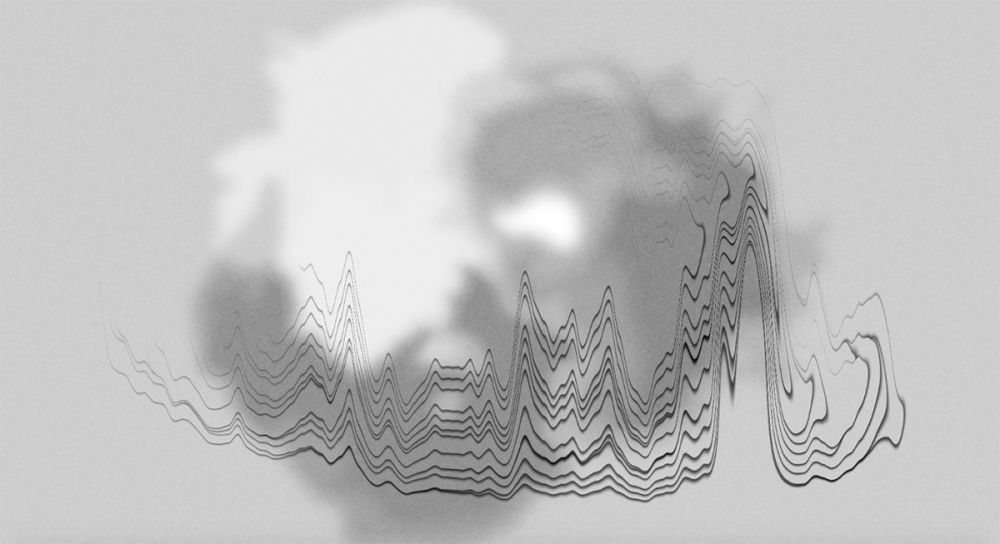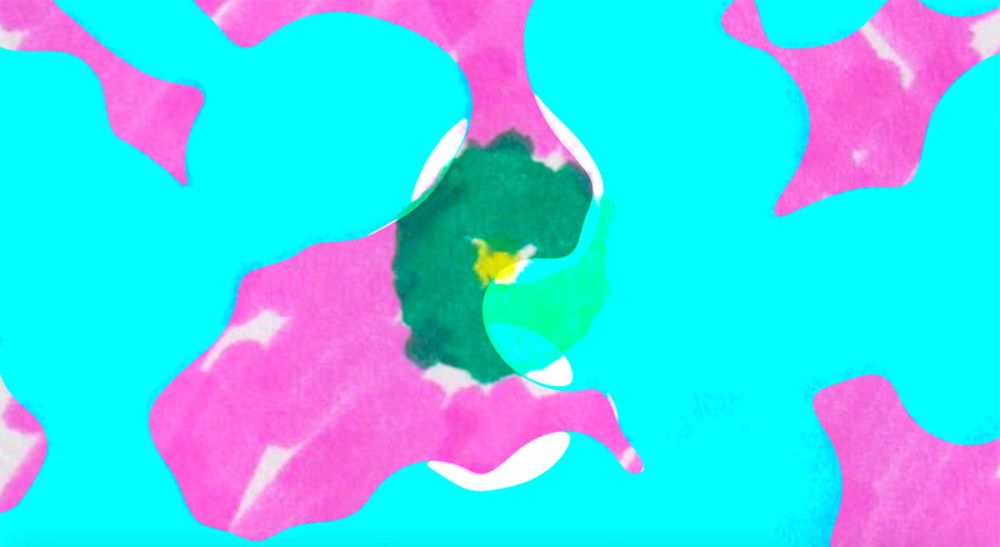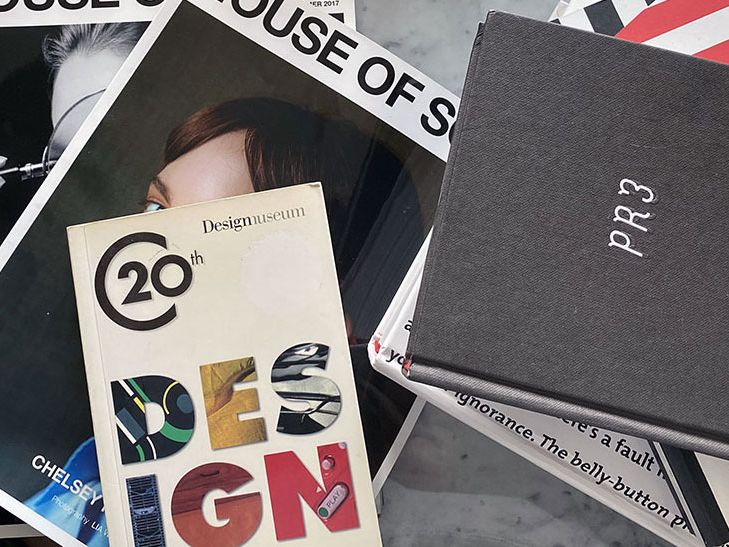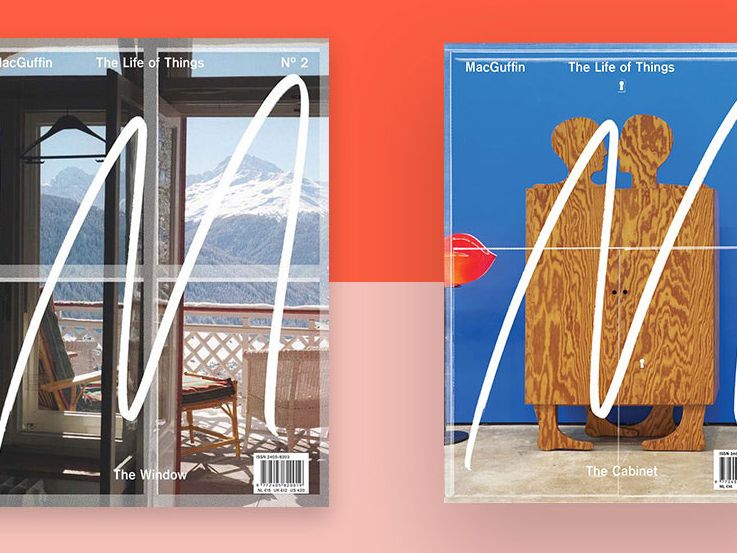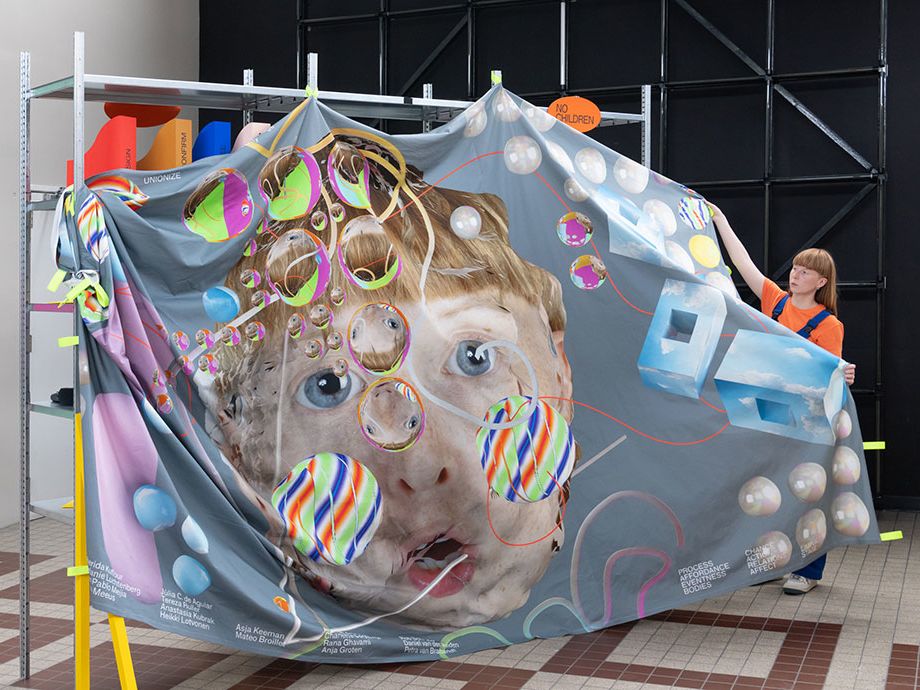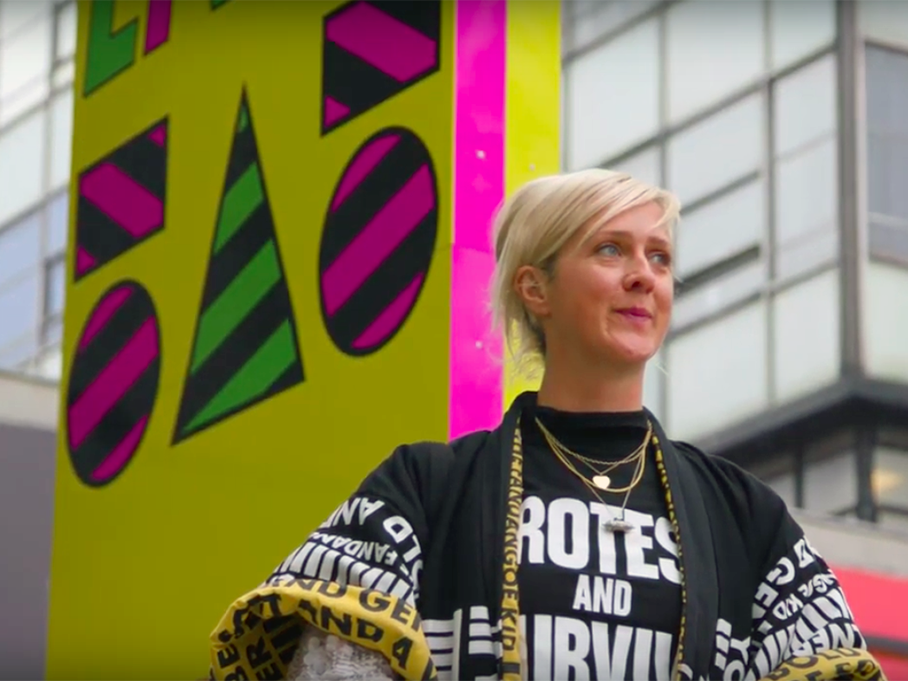Created by graphic designer Gianluca Alla, the new series of playful, creative animations complements an updated brand identity for the LCC YouTube channel.
At London College of Communication, we develop films to help audiences explore the stories which connect our community together. Whether featuring top tips from academics, showreels and student voices, research, events or behind-the-scenes insights, our content highlights the rich range of voices and experiences that make LCC such an inspiring place in which to work, teach and study.
Our new film idents bring together a range of concepts tied to both the College values and the identities of our Schools, and have been developed to reflect the ways in which staff and students at LCC evolve their disciplines and make a positive impact on the wider world.
We chatted to the idents creator, London-based graphic designer Gianluca Alla, about his journey as a creative and his experience of collaborating with LCC.
“Not having to focus on just one thing is, for me, the best part of working as a graphic designer”
Tell us a little bit about yourself and your journey as a creative so far.
I’m originally from Italy, and I studied for my BA Graphic Design degree in a little city called Ancona. I went to a super small school, but I was lucky because our professors taught us a lot of great skills around working with basic elements.
The beginning of my studies didn't involve computers, so everything was done with my hands. I think this was really important for building my knowledge of the subject. One of my professors was really fascinated by typography, so I think that’s why I started working with letters and type.
After that, I moved to Milan for my MA and I mainly studied typography in terms of things like layout and editorial projects. After that, I was awarded a scholarship for Fabrica, which is the communication research centre of the Benetton group - a big fashion brand. Fabrica is a super cool, kind of crazy place, and I’d suggest everyone should visit at least once.
With the Fabrica scholarship, you stay for one year, and you follow a lot of projects. You can work for Benetton, but at the same time, Fabrica has private and commercial clients that offer opportunities too, and you’re also invited to workshops and lectures. Because of the variety of projects and activities, I think that this was where I had a chance to understand how many things graphic design could involve. I was really keen to work on everything - not having to focus on just one thing is, for me, the best part of working as a graphic designer.
After that, my last experience before London was in Switzerland. I was offered an internship in Studio Feixen, which is where I learned to animate. Of course, for a graphic designer, Switzerland is the dream, and I love working with typography so I really felt like it was my place.
I always had an idea to work independently on different projects, so I’m now in London, which is a city with great opportunities and a very active design scene.
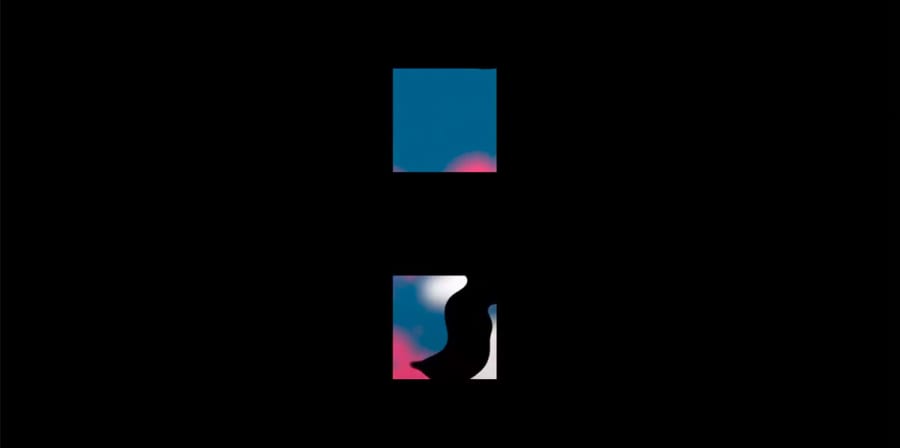
“Getting in touch with the right person at the right moment”
Tell us a little bit about the LCC idents project - how did you get involved, and what were some of the key elements of the brief?
I got in touch with the Digital Content Team and showed them my portfolio of projects. They were already thinking of creating a new digital identity, and that’s when I arrived. I always think that you can be a super great designer, but sometimes, opportunities just come through timing. It’s about getting in touch with the right person at the right moment.
The idea of the project was to represent LCC through short animated idents for their films, so we wanted to balance not being too serious and trying to be a bit ironic. Of course, the College is super big – it offers so many courses from film to design, animation to journalism - so we also thought that we needed something that represented the flexibility of the Schools and how multidisciplinary they are too.
Another important element involved thinking of ways to play with the iconic element of the College logo, the colon. I thought that by giving the colon different behaviours, we could express how unique, flexible and multidisciplinary the Schools really are. It felt important to give a wider sense of what the College is really like.

“Looking with different eyes is sometimes the answer”
What was your first step in developing your initial ideas?
I did a lot of sketching. Because I didn’t study at LCC, I’m outside its world, so I had this feeling that I needed to design different things and let the Digital Content Team vote on the idents that they felt really represented the College.
Sometimes, you can see a place from outside and you get an immediate feeling about it. Looking with different eyes is sometimes the answer. If you live, work or stay on the inside of somewhere for a long time, you have a different feeling. That’s not to say that any feelings are right or wrong, but the best approach is a compromise between the two.
So, I sketched a lot of things, and when we all realised what we wanted and how we wanted to work with the colon, I started thinking how it could be animated and how everything could work. I started to create a mix of analogue and digital sketches – first, with scanned drawings, and then using computer software.
When it comes to translating my ideas digitally, I always start working with Illustrator, where I create my elements, and then I start to move things using After Effects.
What inspired your designs, and how did you express the character of LCC?
I’d say the personality of the College is somewhere between fun and serious. We were able to be playful, but at the same time, because the College is part of a university and gives students skills and knowledge - education is something that’s extremely serious for me - we tried to capture a balance of the two qualities.
Of course, there are moments when LCC can be relaxed and funny, like during exhibitions and events, but moments where students have to a deliver projects and assignments or when academics present research are really serious and important. Producing a range of idents brings options to match the range of subjects featured in the College’s films, and allows the Digital Content Team to pick the animations that they think fit perfectly.
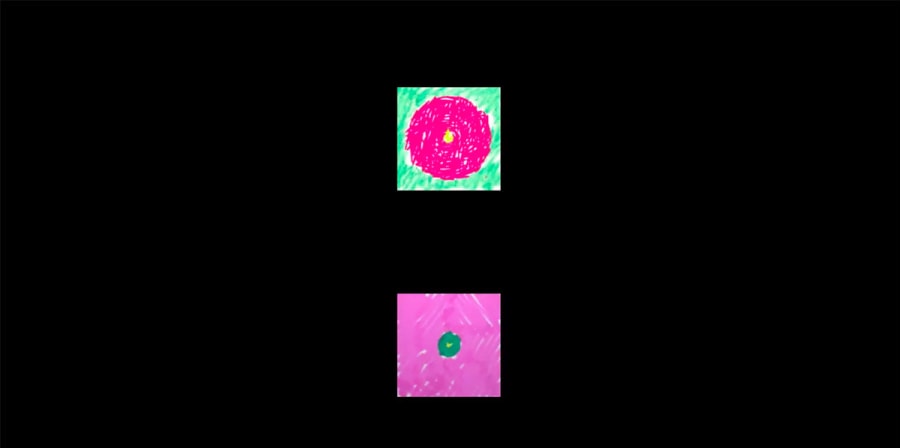
“Graphic design is just a frame of something in movement”
What do you enjoy most about your career as a graphic designer?
One of the reasons I find graphic design so interesting is the idea of flexible practice - it's not just posters, it’s not just logos, it’s something that allows you to use your skills for different things.
In fact, graphic design is visual communication - translating information into visuals. For this reason, I need to keep updated with what's happening in the world. For example, if I’m asked to illustrate an article, I need to research the background and find out more about the situation. This helps me to open my mind and always have my brain activated.
It sounds kind of silly, but when you start studying in this field, everyone tells you that a graphic designer should be a curious person. You should not only look at the world but analyse it, and I think that’s something simple but really true.
How does animation fit into your practice?
When I animate something, the movements and speeds of the elements I use aren’t random. They’re taken from the world that surrounds us. One of the first exercises that everyone should do when they want to learn how to animate is to take two different balls – like a tennis ball and a ping-pong ball - and notice the difference in how they bounce and react when they hit the floor. Understanding the differences in the way things behave is really important, and you can learn this with practice.
I really do believe that graphic design is just a frame of something in movement. Even when I’m just working on a single print, the journey isn’t just what people see at the end – behind that, there are maybe 100 movements, and it’s my job to freeze the perfect moment for an aesthetic image.
Gallery | Motion Concept Stills
“Experiment, move around and discover new things”
What tips do you have for students who are interested in graphic design?
Students often ask me how to develop their style, and how I developed mine, and my answer is always the same: I don’t feel I have one. What you see is a kind of levelled approach.
Approach for me means that I want to design something bold, but at the same time, I don’t always want to design the same things. My goal is to translate the brief into a strong, meaningful concept and then create a unique and sophisticated language for telling stories. Style can change according to the personality of the projects, and it's influenced by different factors such as audience and tone of voice. Paradoxically I don't have a fixed style, yet my work is very 'me'.
While approach is more the conceptual part of the work, method is the practical one. For me, it's discipline and feeling inspired to experiment, move around and discover new things while not being too stuck in one particular approach. You really need to be flexible, and if a client asks you to do something you’ve never done, see it as a good chance to learn something new.
Related links
- Check out our new idents on the LCC YouTube channel.
- Find out more about our work with Gianluca on his website.
- Explore more of Gianluca's projects on his Instagram.


